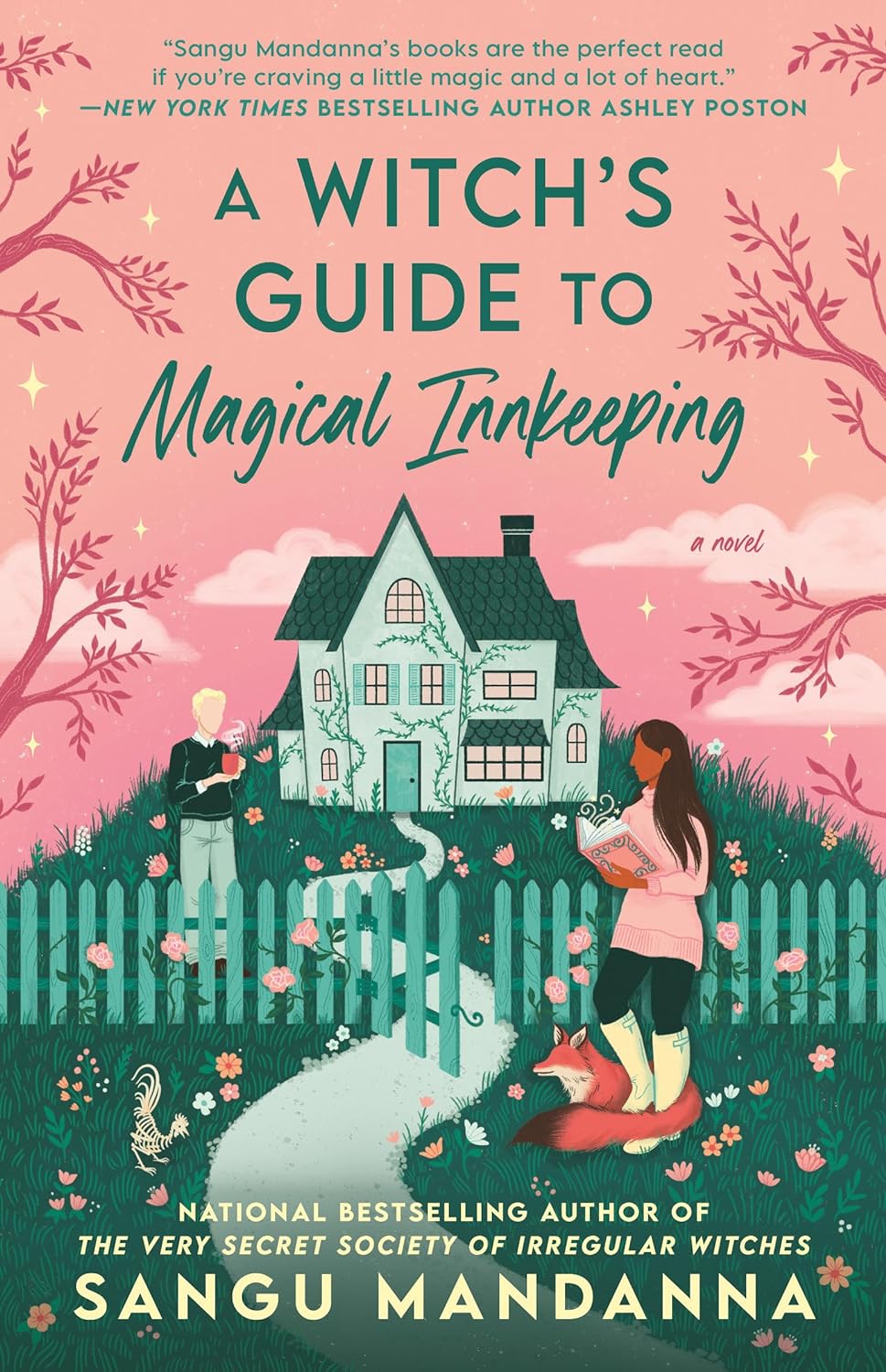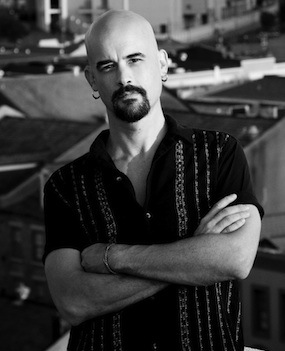 Maureen wasn’t supposed to be the new beginning. She was supposed to be the end.
Maureen wasn’t supposed to be the new beginning. She was supposed to be the end.
She first appeared as a worn out and nameless waitress as the subject of a flash fiction piece I wrote over fifteen years ago – my attempt to tell the story of a tuxedo-clad woman I saw standing on a Staten Island bus stop in the early afternoon. I moved on to other work, to other stories and characters.
The waitress hung around through all that, appearing in various expanded versions of that first story. She materialized under a different name in another story, fleeing her job in a diner and an abusive lover on a stolen motorcycle. In my grad school thesis, she appeared in yet another incarnation as head cocktail waitress in a Caribbean resort, when she first started carrying a knife.
She makes an extremely brief walk through appearance on Staten Island in my second novel. That was when she got her name. Maureen Coughlin. I’d always liked her, and thought she had depth and resonance as a character. I’d suspected she would not be satisfied in short stories and supporting roles, but I had yet to build the right place for her.
Now, with her in the lead for me third novel, I’d found a place for her in a story about a woman who sees something she shouldn’t have. I was thrilled when, finally, Maureen came into her own enough to carry her own novel. I was excited for this character I’d known for so long to have her time in the spotlight.


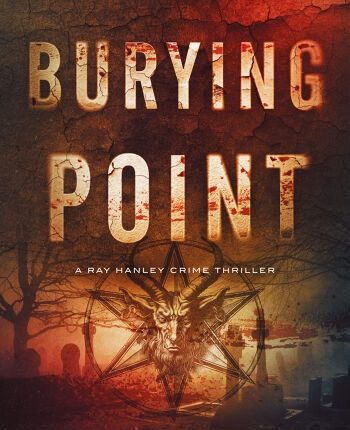
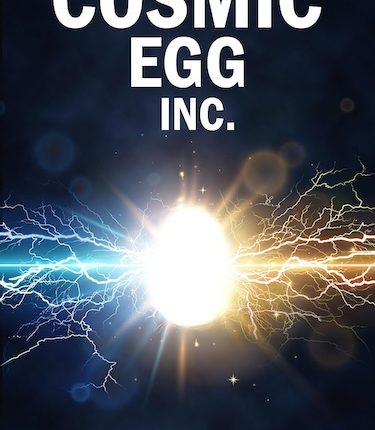
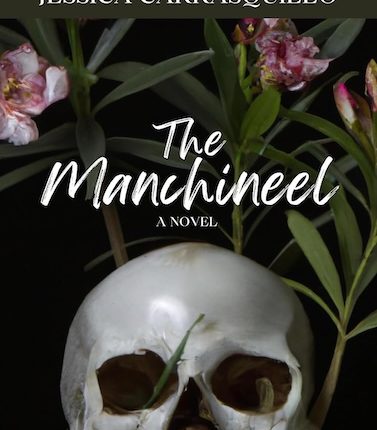

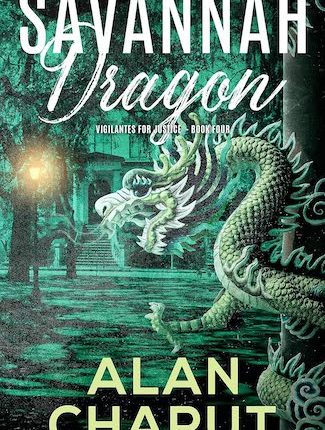
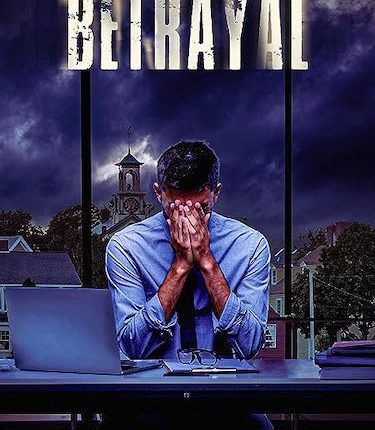
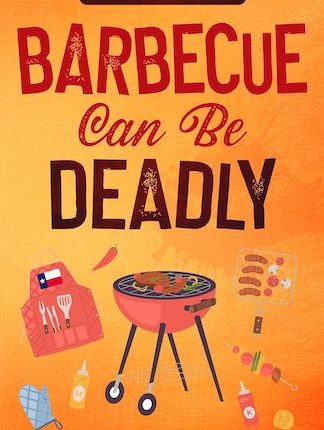

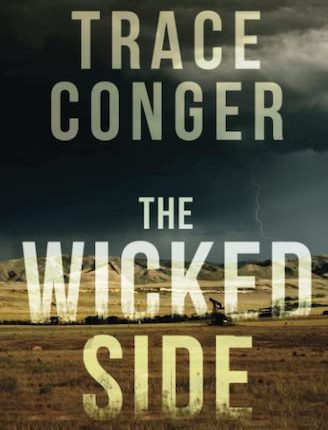
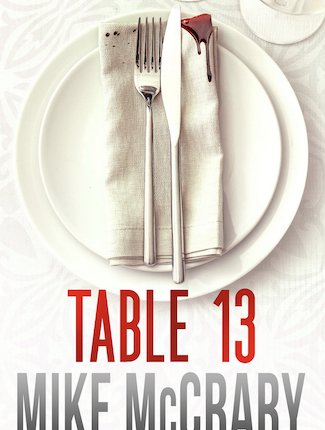
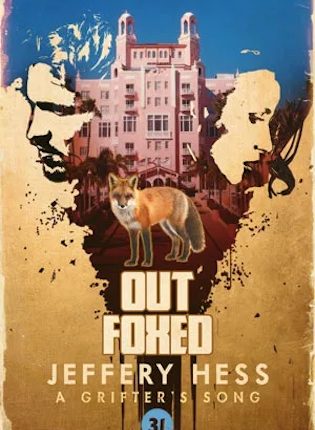
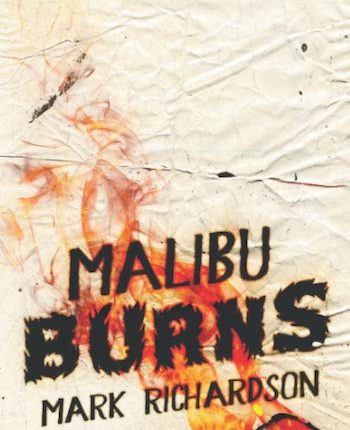
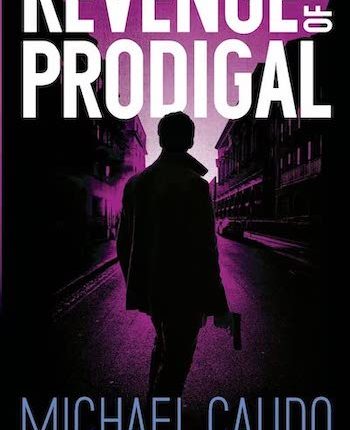

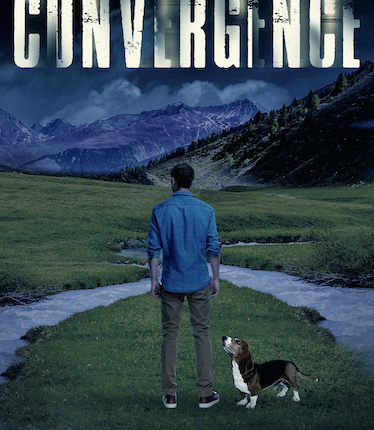
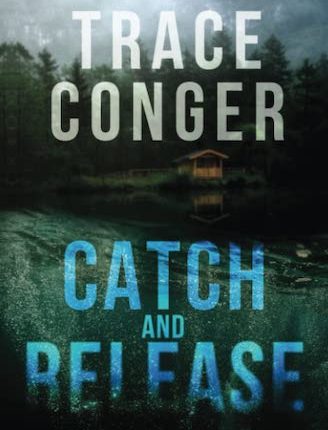
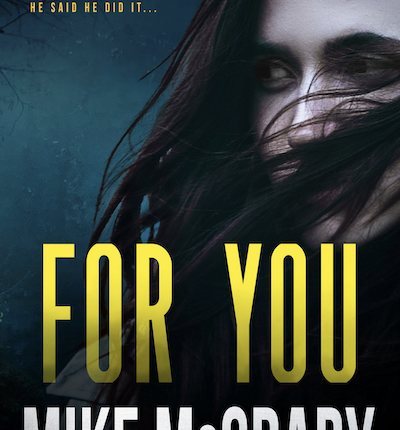
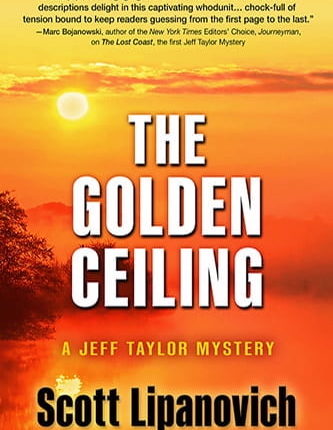
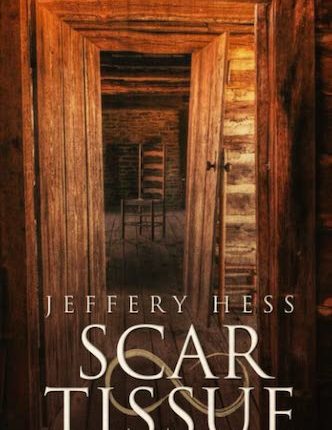
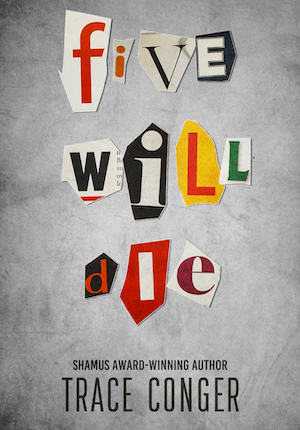
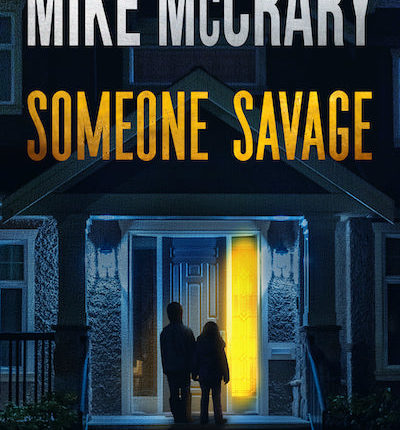
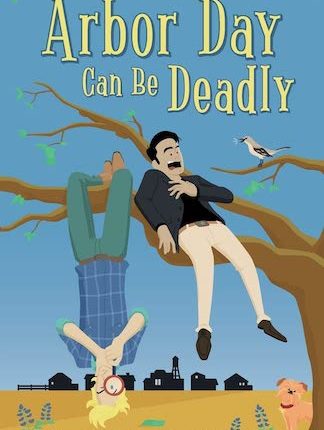
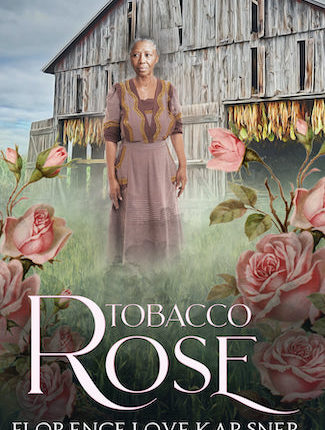
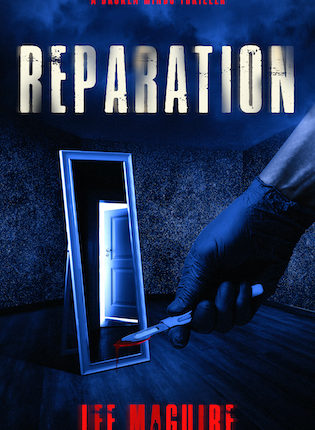
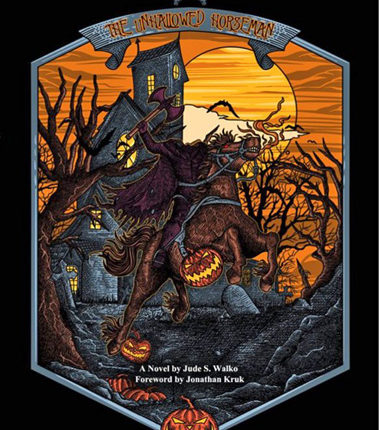
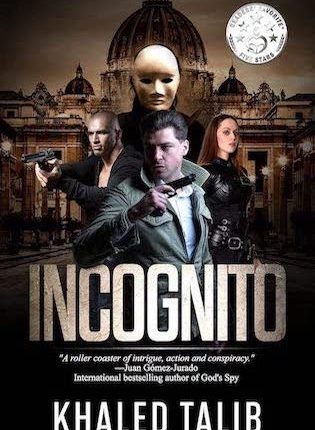
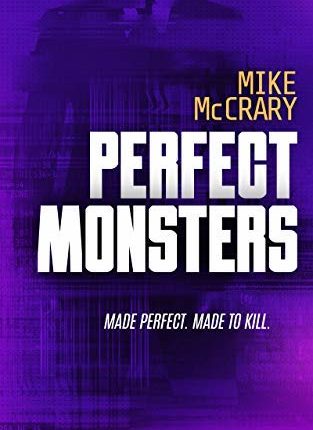
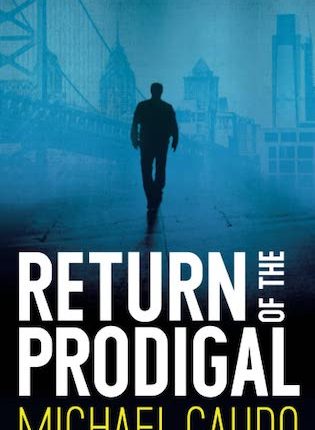
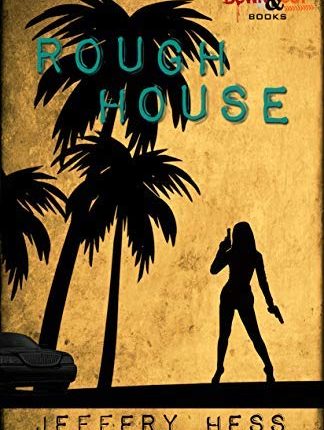

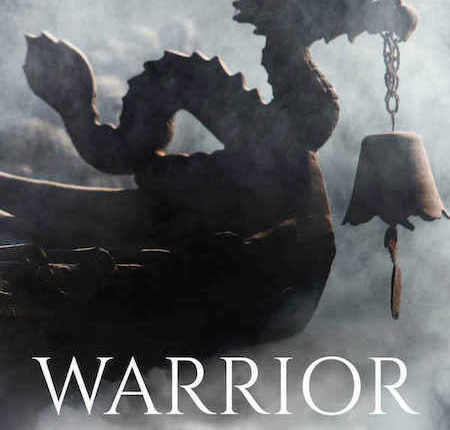

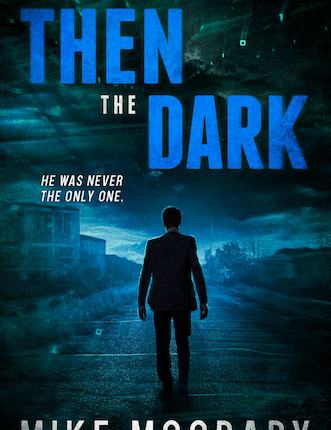
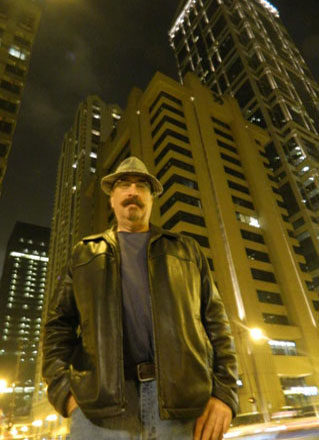 I’ve seen some of the early reviews of PENANCE. One of the things I look for is what the reviews have in common. If there’s something, good or bad, that’s showing up in most of them, then it’s worth considering.
I’ve seen some of the early reviews of PENANCE. One of the things I look for is what the reviews have in common. If there’s something, good or bad, that’s showing up in most of them, then it’s worth considering.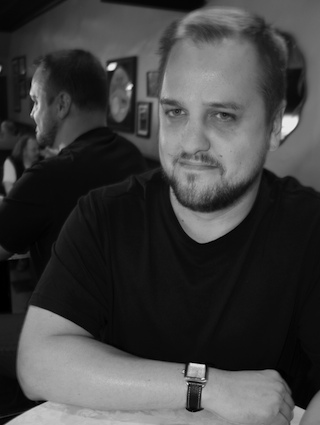 Now that the final installment of the Charlie Hardie trilogy is out, you probably think you know everything about our friendly neighborhood house sitter/prison guard/spaceman. Au contraire! Sure, a little more of his origin has come to light, but you don’t know the origin behind the origin. Not unless you were standing behind me, reading over my shoulder. (Which would have been creepy.) For instance, I’ll bet you didn’t know that…
Now that the final installment of the Charlie Hardie trilogy is out, you probably think you know everything about our friendly neighborhood house sitter/prison guard/spaceman. Au contraire! Sure, a little more of his origin has come to light, but you don’t know the origin behind the origin. Not unless you were standing behind me, reading over my shoulder. (Which would have been creepy.) For instance, I’ll bet you didn’t know that…
 Every week, I get email invitations, blog announcements, and Twitter feeds offering me advice on how to reach people who will buy my book. Some of the advice is achievable at the individual effort level: Join Facebook, open a Twitter account, get busy on Goodreads, ask your local bookstore if you can read there.
Every week, I get email invitations, blog announcements, and Twitter feeds offering me advice on how to reach people who will buy my book. Some of the advice is achievable at the individual effort level: Join Facebook, open a Twitter account, get busy on Goodreads, ask your local bookstore if you can read there.  April is
April is  I have been lucky enough to begin my writing career under the wing of people who knew how to write story. They explained to me the rules and the boundaries and the arcs and payoffs of writing. I soaked up every word and tossed them left and right for fifteen years before I attempted my first novel last year, Blood Red Turns Dollar Green.
I have been lucky enough to begin my writing career under the wing of people who knew how to write story. They explained to me the rules and the boundaries and the arcs and payoffs of writing. I soaked up every word and tossed them left and right for fifteen years before I attempted my first novel last year, Blood Red Turns Dollar Green.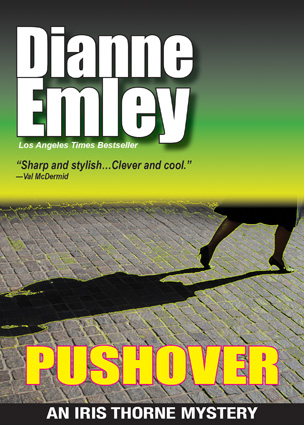 Since she’d already broken her first rule about following her instincts, she’d follow her second: never look back. – Iris Thorne
Since she’d already broken her first rule about following her instincts, she’d follow her second: never look back. – Iris Thorne
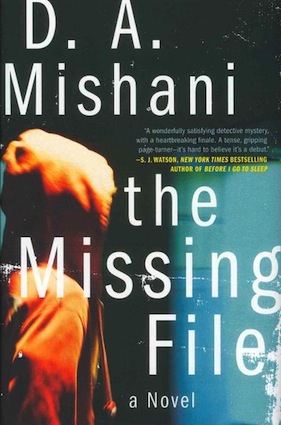 “He’ll be home in an hour, maybe three hours, tomorrow morning at the latest.” – Detective Avraham (Avi) Avraham
“He’ll be home in an hour, maybe three hours, tomorrow morning at the latest.” – Detective Avraham (Avi) Avraham
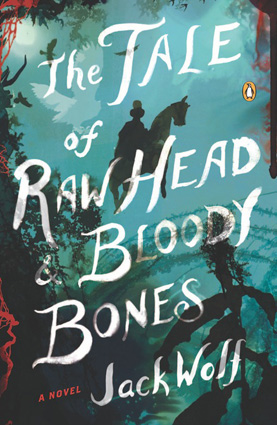 Truth had been laid out in front of me, and I was determined to learn all I could before the Door of Revelation should close again. – Tristan Hart
Truth had been laid out in front of me, and I was determined to learn all I could before the Door of Revelation should close again. – Tristan Hart





